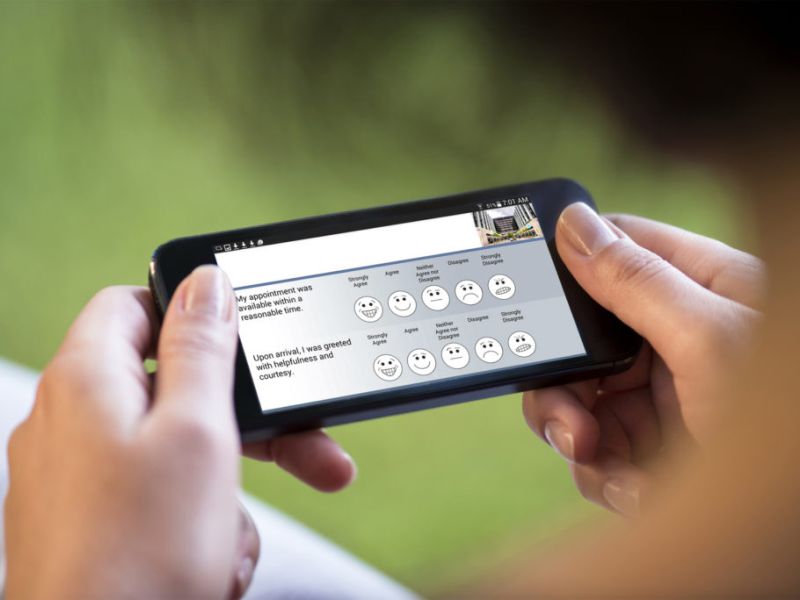The patient journey is complex and starts long before a person decides to seek treatment. According to a 2011 Pew study, 80% of Internet users look for health information online, making medical inquiries the third most popular web-based pursuit, following only email and search engine use. Top symptom-related searches involve information about a specific disease or medical problem (66%), medical treatment or procedures (56%) or doctors and other health professionals (44%).
The internet search often marks the start of the patient journey. As we can see in the Pew research statistics, not only are patients searching for symptom related queries, but they are also searching doctors and other healthcare professionals that they think can help. This means that by the time the patient initiates an appointment request, the patient is informed about your practice and the people at within your practice. They have probably read Google, Yelp or Healthgrades reviews and developed a set of expectations about your practice before they have even stepped through the door.
However, most health organizations we talk to aren’t asking how the patient heard about their organization. This is a critical question that is often missed. Organizations that are not monitoring their social reputation or maximizing their search engine optimization are missing out on a tremendous opportunity for growth and sustainability in this new economy.
Mobile health (mHealth) is another tremendous opportunity. Health plans have been incentivizing health and wellness. As a result, many people have some form of wearable device that collects personal health data. While people have been collecting this personally generated health data and have health plan incentives to do so, organizations that we talk are often resistant to incorporate this personally generated mHealth data into care.
While most practices are hesitant, an MGMA poll found that health organizations are more willing to prescribing these mHealth devices. The Oct. 24 MGMA Stat poll, with 1,104 responses, asked respondents if they would “prescribe” consumer wearables if EHR could integrate data? While a small number (6%) of respondents replied they already do, 35% responded “yes” and another 41% were unsure. Just 18% responded “no.”
Physicians reported patient willingness to adhere, battery-life issues and security and privacy as their top concerns to prescribing a wearable device. The biggest concern with internet of things (IoT) connected devices that transfer mHealth data is the security concerns around system breaches and other virus like malware. 89% of healthcare organizations that have adopted IoT said they have suffered a security breach as a result, while 49% said malware was an issue.
In addition to privacy and security concerns, there is a disparity of data issue. Workflow issues and disparate data already exist with the EMR and other systems we have in house. If you add external patient generated data, there has to be a place to aggregate and organization this data to give you a better view of the patient experience, without adding extra work.
Having the ability to integrate the patient voice into the care process not only allows the patient to be an active participant in their care team, but also provide data that may not have otherwise been communicated and be key in identifying any care gaps that may need to be addressed for better outcomes. At Care Experience, we believe that when you can pull in the data from disparate sources and organize it in a way that creates a 360 degree view of the patient journey, it equips your organization with the ability to listen, analyze and act on social feedback and mHealth data to grow and sustain a successful practice in this new healthcare landscape.

